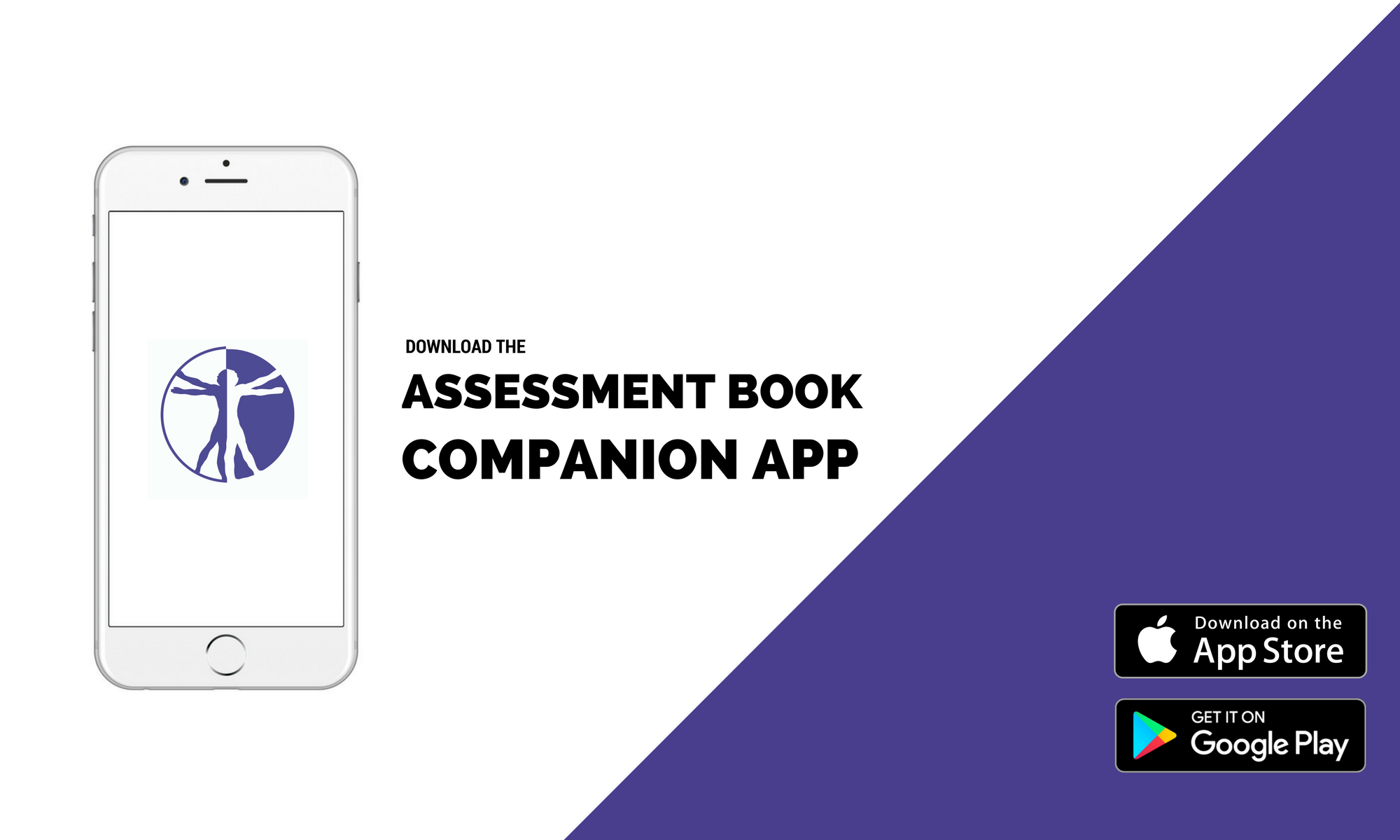Execution:
- Patient is in sitting position with the upper cervical spine in a semi-flexed position which might already produce symptoms of dura and spinal cord compression
- The examiner fixates the patient’s spinous process of C2 with a key grip from posterior to anterior and places the other hand on the patient’s forehead
- The examiner presses on the forehead in order to move the occiput and C1 in in relation to C2
Positive Outcome: Excessive motion, sliding or clunking are felt or heard or/and decrease of symptoms of dura and spinal cord compression in patients with symptoms in the semiflexed position
|
Study |
Reliability | Sn | Sp | LR+ |
LR- |
| Hutting et al. (2013) |
ĸ=0.06 -0.67 |
19-69 | 71-98 | 0.66-34.5 |
1.14-0.44 |
| Mansfield et al. (2020) |
Intra-rater k=0.29-0.67 Inter-rater k=0.09-0.67 |
19-100 | 71-98 | 0.66-22 |
1.14-0.32 |
| Comment: Due to the low reliability and low and variable sensitivity the test cannot exclude instability and it may be inappropriate to use due to inconsistent validity, poor inter-rater reliability, and potential to cause harm | |||||
![]()
